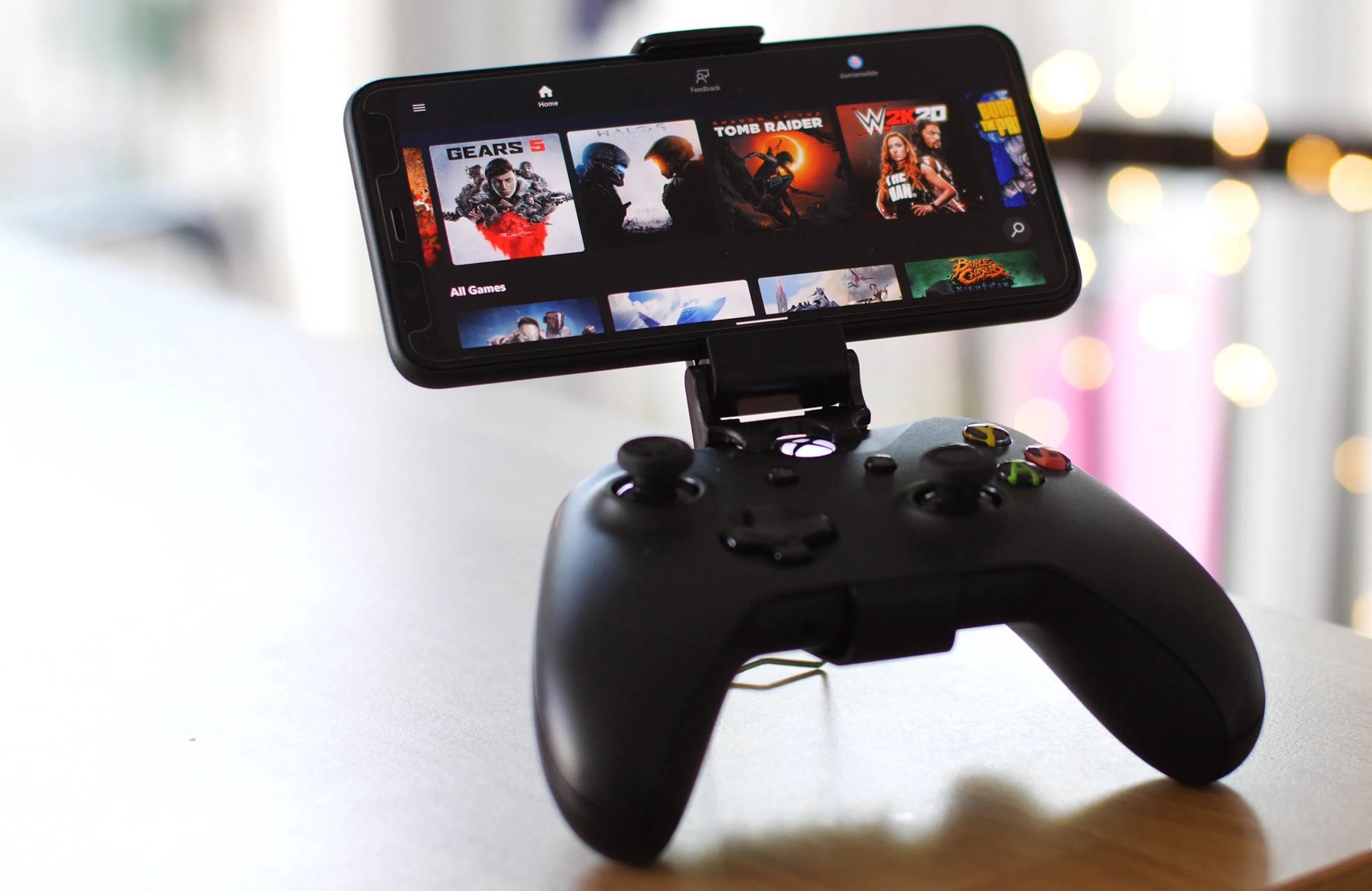According to Redmond, xCloud now only requires an Xbox Game Pass Ultimate subscription and a supported PC or smartphone. The latter can mean a Windows 10 PC where you can use Microsoft’s game streaming service using the built-in Edge or Google Chrome browser. Under macOS, you can run Safari or Chrome with xCloud installed, which can also be used on iPhone and iPad via Apple’s own browser.
Service net and containers under the banana (x)
You wouldn’t even think that when you throw a banana at the exit, the latest IT stack runs underneath, and it’s also being developed in Budapest.
The latter is a forced step on the part of Microsoft which would have preferred to make its service available through a dedicated app. However, Apple has strict restrictions on cloud gaming. Although App Store policy does not expressly prohibit publishing game-streaming apps, they must meet strict conditions that make it impossible to provide services on your platform. Among other things, the company obliges developers to publish each title from the game catalog available in apps separately in the App Store, and of course pay the Apple tax of 15-30 percent separately after each title. With a webapp solution, these limitations can be avoided – as well as Apple’s commission.
The company previously announced that it is working with TV manufacturers on a new Xbox Game Pass app that will make xCloud content available – in the case of a cloud gaming platform, that will be enough to connect just one console to the device. When the TV doesn’t support the new app, gamers will be able to use Microsoft’s proprietary, affordable “TV Hub”, which is similar to Chromecast, but it’s not yet known when the device and the TV app will be available.
Nearly three years ago, in October 2018, Microsoft announced a service that is still running as Project xCloud. Behind the stream of cloudy gaming, Redmond envisioned a broader gaming layer today. Thanks to the service, users can play with their existing favorites anywhere, anytime and on any device they want. XCloud provides a backstop for that, Microsoft envisions that they can now enjoy any title on any device, and console and PC will include the most popular (mobile) devices of this era, smartphones and tablets.
Microsoft is making major hardware and software improvements to xCloud. This included building custom data center hardware which, in addition to being compatible with titles written for Xbox, must also meet Microsoft’s data center requirements. During the beta run, the Xbox One S platform provided the foundation, which was recently replaced by the latest console, the Xbox Series X, arranged in servers in a code format.
Latency is a bit trickier than hardware, and it’s the Achilles heel of the cloud-based streaming game. Slow or temporarily slow data exchange for any reason can significantly degrade user experience. Although Microsoft already has nearly 60 Azure regions all over the world, a data center connection with low and stable latency is still a simple task. The quality of the internet connection on the user side can also be an issue, as stable and fast access is still abnormal. The company expects the advent of 5G networks to significantly improve the situation, but it will take a few more years for this to spread.












































